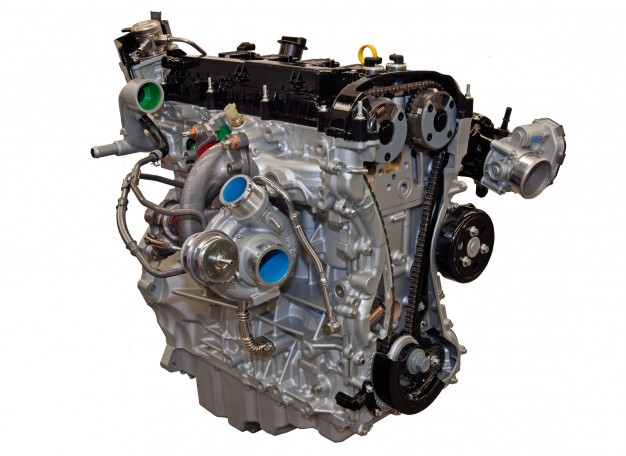What is a turbo actuator? Do I need one on my car?
Turbochargers can be confusing – there are loads of different components, and if you’re planning on tuning your vehicle, you need to know how all the different bits and pieces work!
This month, we’re looking at the turbo actuator (also known as a wastegate actuator), showing you what it is, what it does, and why you need one, before looking at when you might need to consider upgrading and fitting a new one.
What does a wastegate actuator do?
The turbo actuator does a simple but vital job – it acts as a pressure relief valve that controls the boost output of your turbo, diverting excess exhaust gases away from the turbine wheel.
This controls the speed of the turbine, preventing it from over-speeding, and regulating the speed of the compressor. Ultimately, this helps to protect the turbocharger from unnecessary wear and tear, by capping the maximum boost pressure of the turbo at a safe level.
How a wastegate actuator works
A wastegate actuator is a fairly simple piece of equipment – it features a spring and a diaphragm. The spring holds the wastegate shut until the boost pressure reaches a set level, and then opens, allowing the gas to escape and reducing the boost pressure.
Does my turbo have an actuator?
Almost all turbochargers come fitted with a wastegate actuator – it’s an important safeguard that prevents your turbo over-speeding and causing serious damage!
Wastegate actuator problems
As with all components, things can go wrong with your turbo actuator.
Over time, the pressure and heat will start to take its toll, which can weaken the spring. This can lead to the wastegate opening earlier than it should, reducing the boost pressure and performance of your turbo.
The diaphragm can also fail, meaning that the valve will no longer open. This can lead to the boost pressure rising to the point that it causes serious, catastrophic damage to your engine!
So do I need a new wastegate actuator?
The stock wastegate actuators provided by original manufacturer are set to specific tolerances, and are designed to open at specific boost levels and turbo inlet pressures.
Generally, OEM actuators are are only good enough to handle stock boost levels. If you’re planning on tuning your engine and increasing the turbo boost level, then you’ll need to think about replacing your actuator with a bigger, higher performance model that’s designed to handle the increase in pressure.
If you don’t replace the actuator, then your wastegate may open prematurely, reducing the boost and negating any improvements in performance.
Are there any alternatives to replacing the turbo actuator?
The alternative to replacing the actuator is to fit a bleed valve. This introduces a controlled air leak into the wastegate actuator pressure line – meaning that your turbo has to create extra boost to activate the actuator.
However, even if you are planning on introducing a bleed valve, you’ll still want to check that your actuator is up to the job! Upgrading the actuator itself is often the safest and most effective option.
How AET can help
At AET, our team of dedicated experts have been at the forefront of turbocharging technology for over 40 years, providing repairs, replacements and support for a full range of turbocharged vehicles.
If you need advice or guidance on any aspect of turbocharging, or want help in selecting the right, high quality aftermarket components to get more from your vehicle, then we’re always happy to help.
For further information on any of our services, call a friendly member of the AET team today on 01924 894171.



